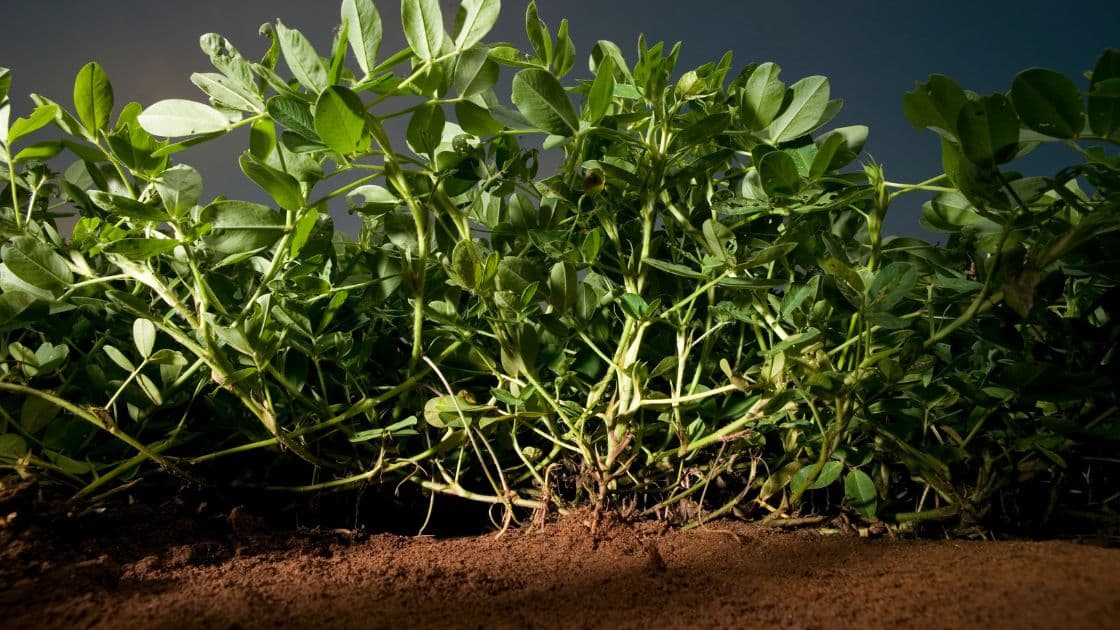Have you ever wondered where peanuts come from? Look no further than the peanut plant! This versatile and nutritious crop is not only the source of peanuts, but it also plays a vital role in agriculture and the food industry. In this article, we will delve into the world of the peanut plant, exploring its growth, cultivation, and the wide range of products derived from it.
What is a Peanut Plant?
The peanut plant, scientifically known as Arachis hypogaea, is an annual legume that belongs to the Fabaceae family. Its name is derived from the fact that its flowers bloom above the ground and eventually, once fertilized, sink into the soil where the peanuts develop. This unique growth pattern sets the peanut plant apart from other crops.
Cultivating Peanut Plants
1. Planting
The process of cultivating peanut plants begins with seed selection and preparation. Farmers carefully choose disease-resistant peanut varieties and then soak them in water to enhance germination. Once the seeds have absorbed enough moisture, they are planted in well-drained soil.
2. Growth and Development
Under optimal conditions, the peanut plant grows up to two feet tall. It requires warm temperatures, ample sunlight, and regular rainfall to thrive. As the plant matures, it produces delicate yellow flowers that eventually give way to pegs. These pegs elongate and penetrate the soil, where the peanuts develop underground.
3. Harvesting
The harvesting of peanut plants typically occurs in the late summer or early autumn, depending on the region. Farmers monitor the plants and assess their readiness for harvest by evaluating the color and condition of the leaves. When the time is right, the entire plant is lifted from the ground, and the peanuts are carefully removed from their shells.
Read more:
Utilizing Peanut Plants
1. Food Products
Peanuts are widely consumed around the world in various forms. They can be eaten raw, roasted, or ground into a smooth and creamy paste, commonly known as peanut butter. Additionally, peanuts are a popular ingredient in a range of savory dishes, desserts, and snacks. Their versatility makes them a staple in many cuisines.
2. Oil Extraction
Peanut oil, also referred to as groundnut oil, is extracted from the seeds of the peanut plant. This oil boasts a high smoke point, making it suitable for frying, sautéing, and baking. It is also commonly used as a flavor enhancer in salad dressings and marinades. With its mild, nutty taste, peanut oil is a favorite among chefs and home cooks alike.
3. Animal Feed and Fertilizer
Peanut meal, a byproduct of the oil extraction process, is utilized as animal feed due to its high protein content. Livestock, such as cattle and poultry, benefit from the nutritional value and digestibility of peanut meal. Moreover, peanut shells and plant residues can be converted into organic fertilizers, enriching the soil and promoting sustainable farming practices.
Conclusion
From its humble beginnings as a flowering plant to its invaluable contributions to both the culinary world and agriculture, the peanut plant truly deserves recognition. Its versatility, nutritional value, and economic importance make it a key player in the food industry. So, the next time you snack on peanuts or enjoy a dollop of peanut butter, remember the journey of the peanut plant, and appreciate the hard work that goes into bringing this delicious crop to your table.





